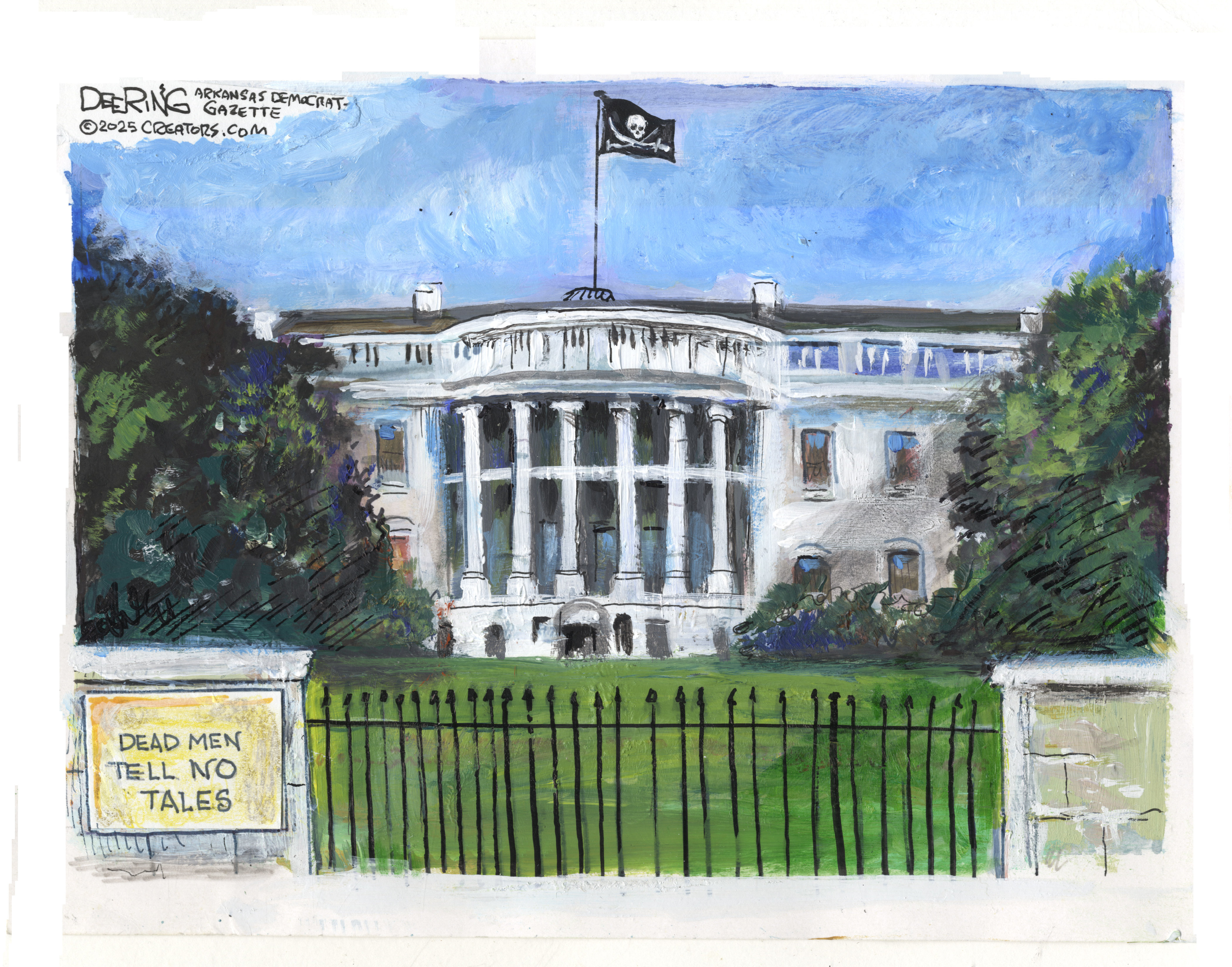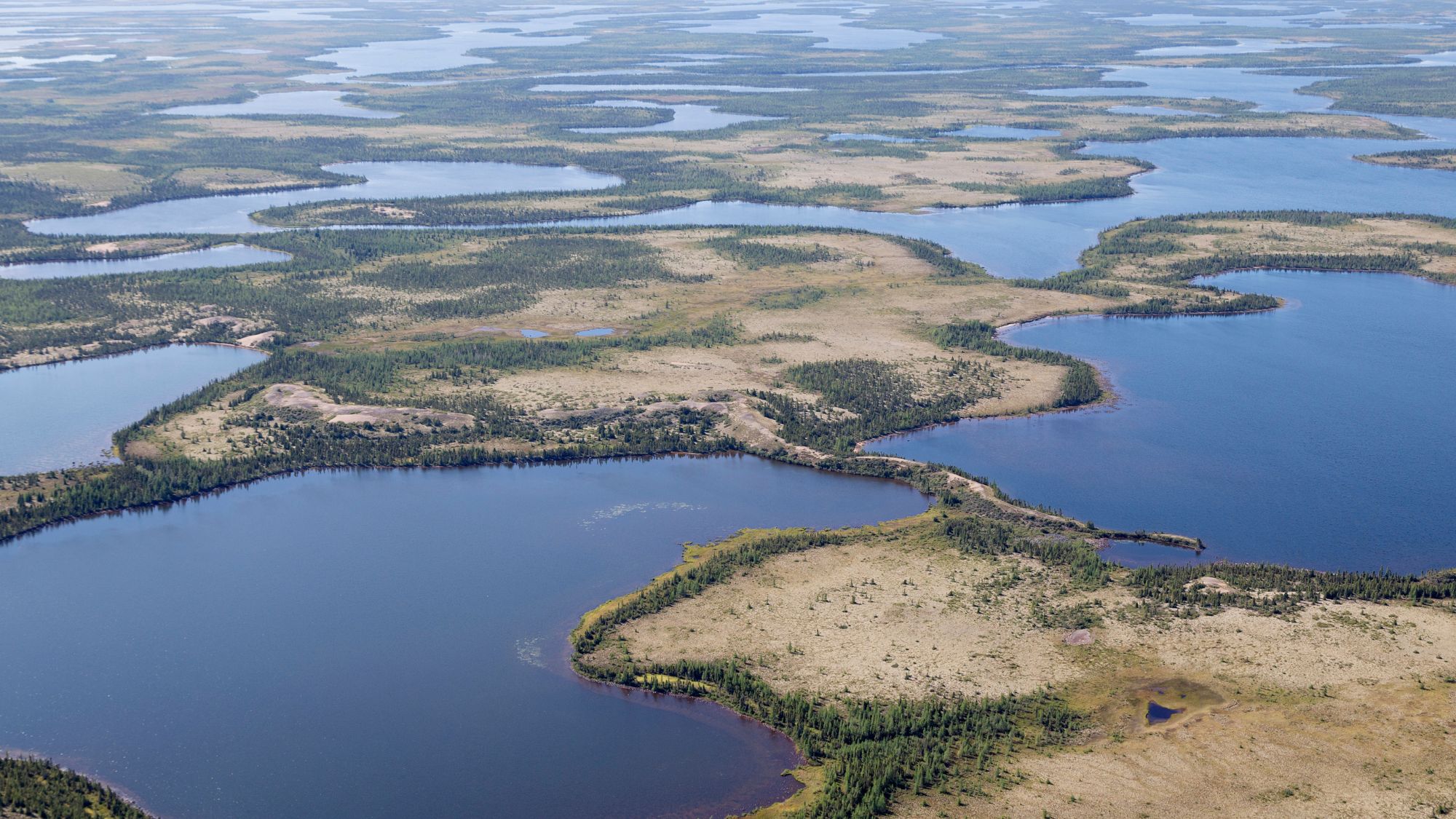Californians flee fires
Wildfires are raging across the southern half of California for the fourth day after driving a half million people from their homes
What happened
Wildfires are raging across the southern half of California for the fourth day after driving a half million people from their homes—the largest evacuations on record in the state. At least 1,000 homes have been destroyed, and Gov. Arnold Schwarzenegger’s office estimated that economic losses in the hundreds of millions of dollars. Orange County Fire Chief Chip Prather said a lack of resources put firefighters’ lives at risk. “It is an absolute fact,” he said, “Had we had more air resources, we would have been able to control this fire.”
What the commentators said
The Week
Escape your echo chamber. Get the facts behind the news, plus analysis from multiple perspectives.

Sign up for The Week's Free Newsletters
From our morning news briefing to a weekly Good News Newsletter, get the best of The Week delivered directly to your inbox.
From our morning news briefing to a weekly Good News Newsletter, get the best of The Week delivered directly to your inbox.
The authorities blew it this time, said The San Diego Union-Tribune in an editorial. Everybody knew drought conditions and high winds were a recipe for disaster, so why weren’t Air Force and Air National Guard planes on standby to drop water or fire retardant? “Given the increasing frequency of catastrophic fires,” maybe it’s time for California to appoint a “fire czar” to make sure firefighters have all the resources they need next time.
Fires in California are predictable, said The New York Times in an editorial (free registration). They come every year, and everyone has known since January that dry conditions would make them bad this time around. But “while the fire cycle in Southern California is natural—an inevitable and necessary part of local wildland ecology—its economic impact is not. The fires burn where they always burn,” but the damage has grown more costly only as humans have built in its path.
Our insistence on putting out every little fire has only made matters worse, said Daniel Jones Brown in the Los Angeles Times (free registration). The practice lets brush and other fuel build up, creating a store of fuel for unbeatable conflagrations. But there’s something else at play here: Global warming. It is undeniably “raising ambient temperatures, promoting drought in already drought-prone regions and lengthening our fire seasons.”
A free daily email with the biggest news stories of the day – and the best features from TheWeek.com
-
 Political cartoons for December 14
Political cartoons for December 14Cartoons Sunday's political cartoons include a new White House flag, Venezuela negotiations, and more
-
 Heavenly spectacle in the wilds of Canada
Heavenly spectacle in the wilds of CanadaThe Week Recommends ‘Mind-bending’ outpost for spotting animals – and the northern lights
-
 Facial recognition: a revolution in policing
Facial recognition: a revolution in policingTalking Point All 43 police forces in England and Wales are set to be granted access, with those against calling for increasing safeguards on the technology